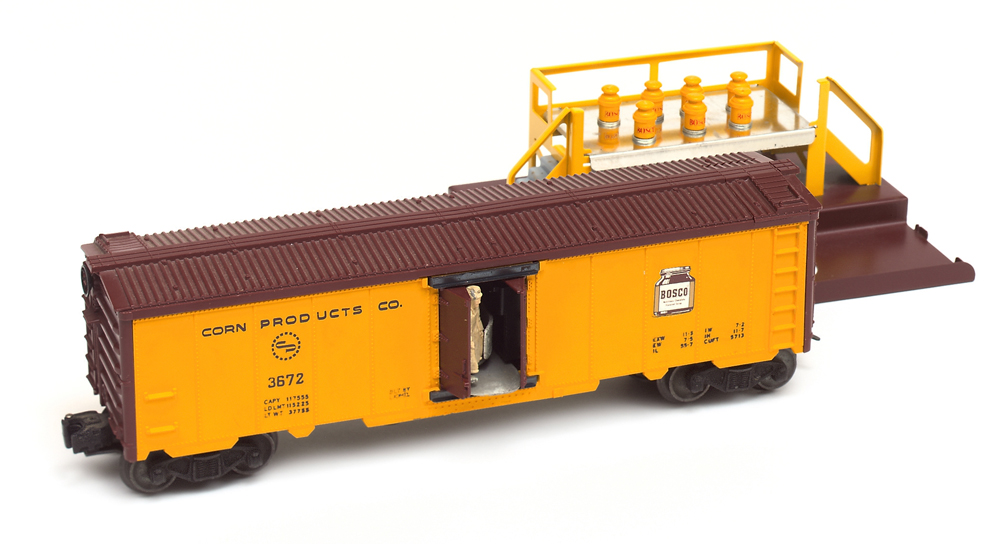
Lionel’s automatic refrigerated milk car model No. 3672 is an updated version of the path-breaking car that Lionel enthusiasts of all ages loved when it debuted as the No. 3462 in 1947. The evolution of the milk car that culminated with the 3672. It is known among collectors of postwar trains as the “Bosco car.” […]
Read More…
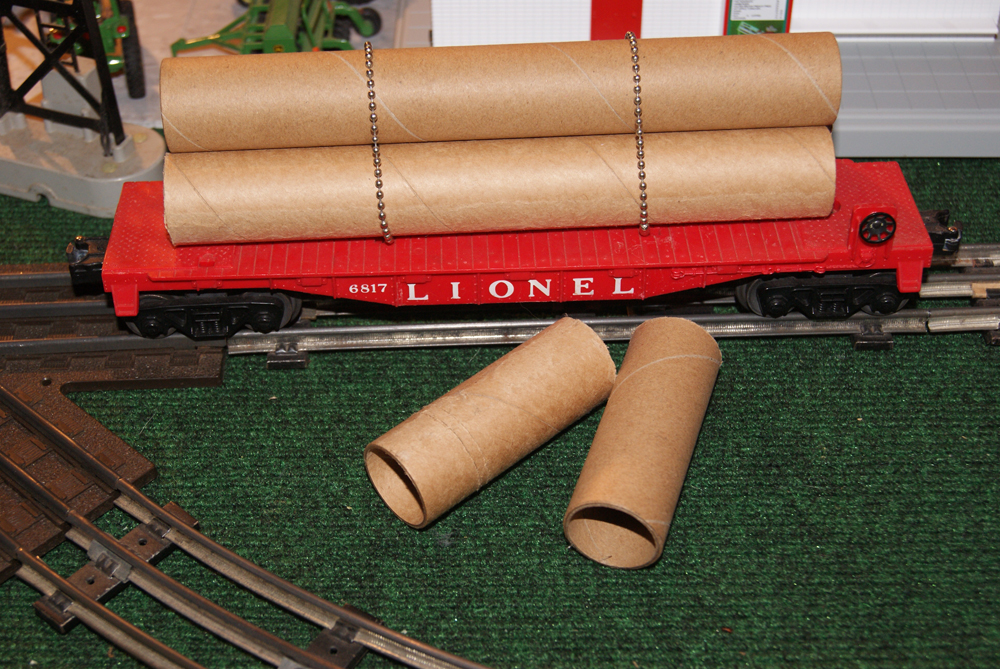
Did you ever look to your kitchen as source for free items to make your layout more visually appealing? With just a little paint and some imagination, items like pudding cups, freezer packaging rolls, and fast-food condiment containers can become stock tanks, flatcar loads, and much more! If you are looking for scale items, some […]
Read More…
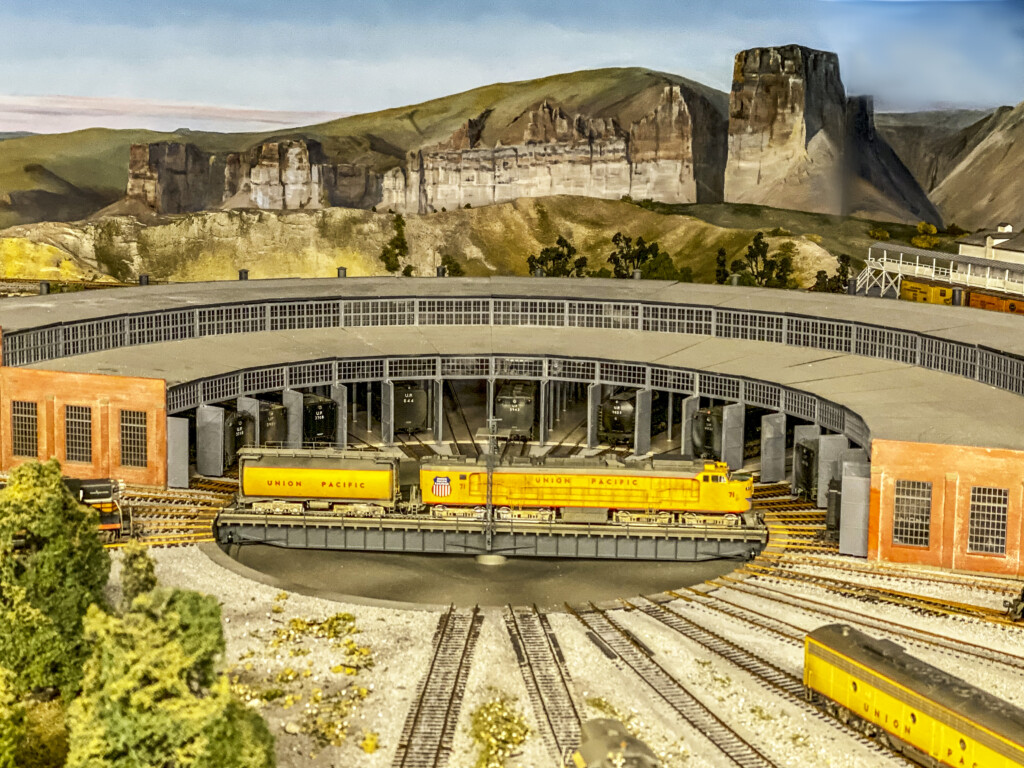
The Green River layout is impressive. After all, at 33 x 44 feet, there’s a lot to be impressed with. Hilton Glavish, the owner of the layout, began modeling the Wyoming Division of the Union Pacific, from Echo Canyon to Green River in the 1950s, in 2012. “In 2008, I drove the road from Ogden […]
Read More…

Common name: Threadleaf heavenly bamboo Latin name: Nandina domestica ‘Filamentosa’ Plant size: 1-2′ Plant type: Shrubs and small trees USDA Hardiness Zones: 6-11 Cultural needs: Sun or part shade, moist or dry soil The shrubby nandina belongs to the barberry family, not actually bamboo, but it mimics the willowy, grassy feel of bamboo. While the […]
Read More…

Quality Craft’s Bob Weaver produced a lot of brass O gauge models in the early 2000s. One that had never been done up until the time it was released (and maybe not since) is Milwaukee Road’s F6-a Baltic in 2009. What’s a Baltic? It’s a 4-8-4, more commonly known as a Hudson thanks to the […]
Read More…
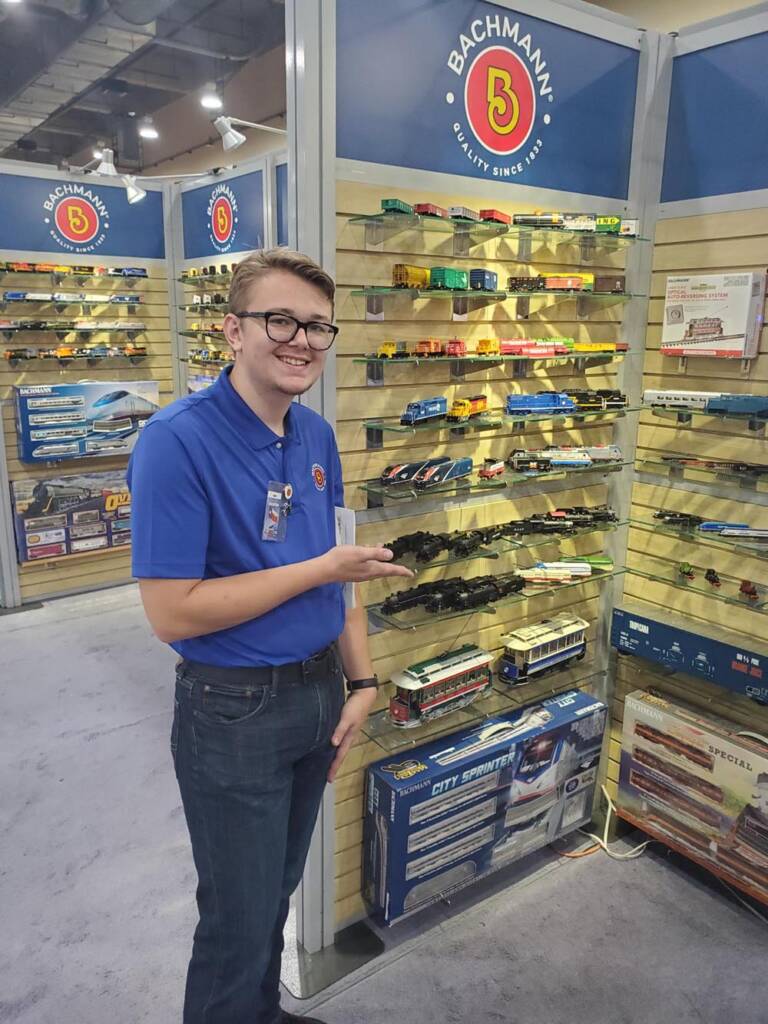
While I was walking through the National Train Show earlier this year in Grapevine, Texas, I noticed something – there were a lot of young people working for the various manufacturers present at the show. As a young person myself, this gave me great joy. With discussions about the longevity of the hobby occurring daily […]
Read More…
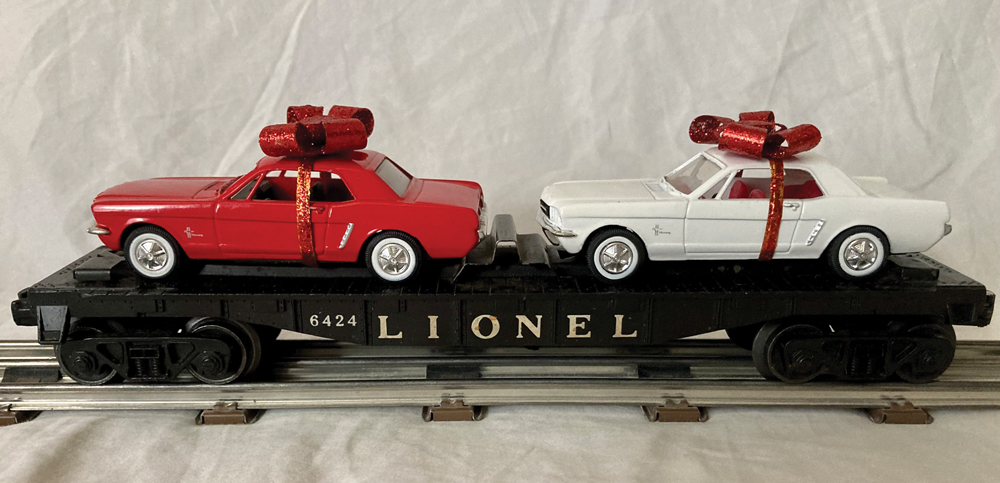
Want to learn how to make some quick and easy flatcar loads for Christmastime? You don’t need an heirloom set or holiday-specific cars to make your own Christmas train. With a little imagination and a trip to your local arts and crafts store, you can find Christmas cargo that will turn almost any piece of […]
Read More…
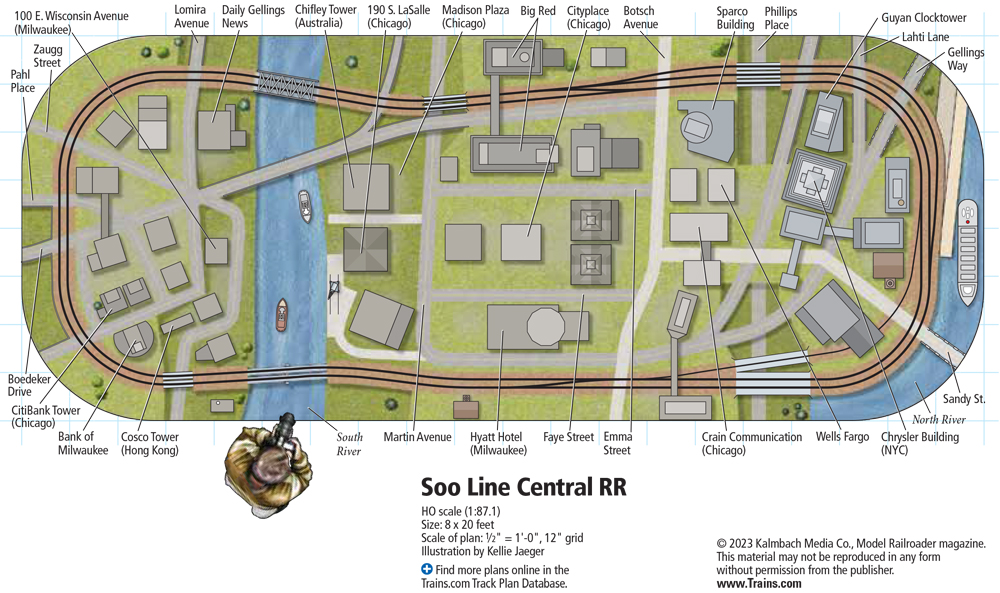
Facts & features Name: Soo Line Central Scale: HO (1:87.1) Size: 8 x 20 feet Prototype: Soo Line, Wisconsin Central, and Canadian National Locale: Chicago Era: 1980 to present Style: island Mainline run: 98 feet (double tracked) Minimum radius: 24″ Minimum turnout: Atlas No. 8 Maximum grade: flat Benchwork: open grid Height: 38″ Roadbed: cork […]
Read More…
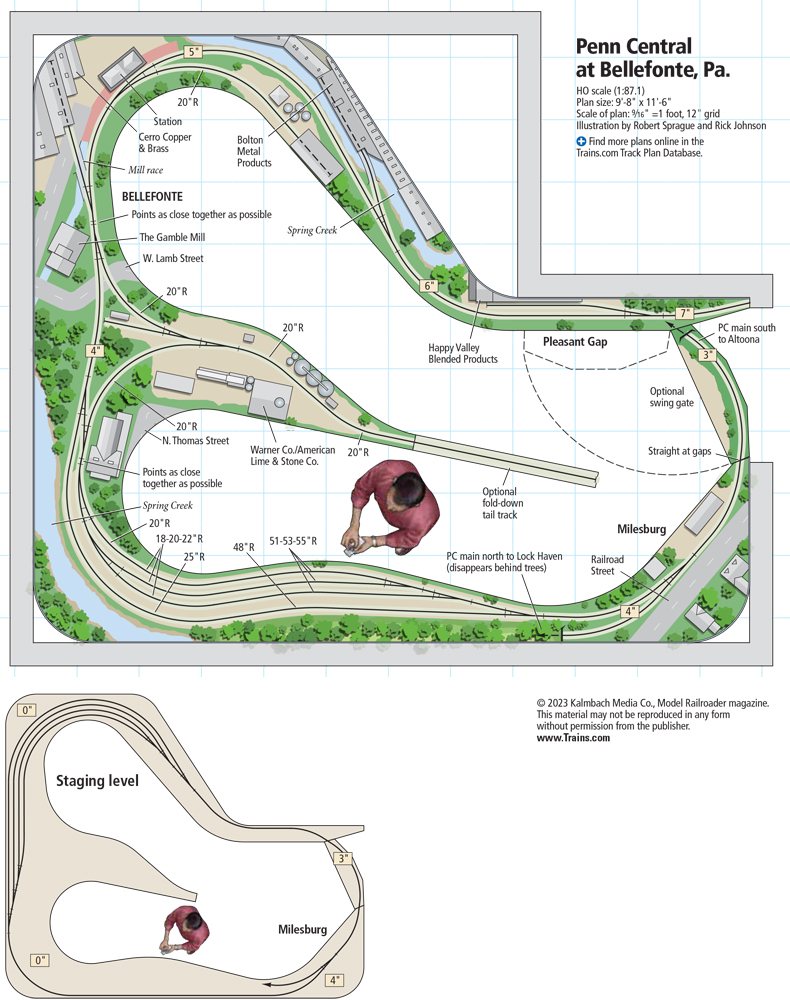
Facts & features Name: Penn Central at Bellefonte, Pa.Scale: HO (1:87.1)Size: 9’-8″ x 11’-6″Prototype: Penn CentralLocale: Bellefonte, Pa.Mainline run: 36 feetMinimum radius: 24″ (main), 18″ (siding)Minimum turnout: No. 6Maximum grade: 4% Download a PDF of this trackplan! Buy the December 2023 issue of Model Railroader! […]
Read More…
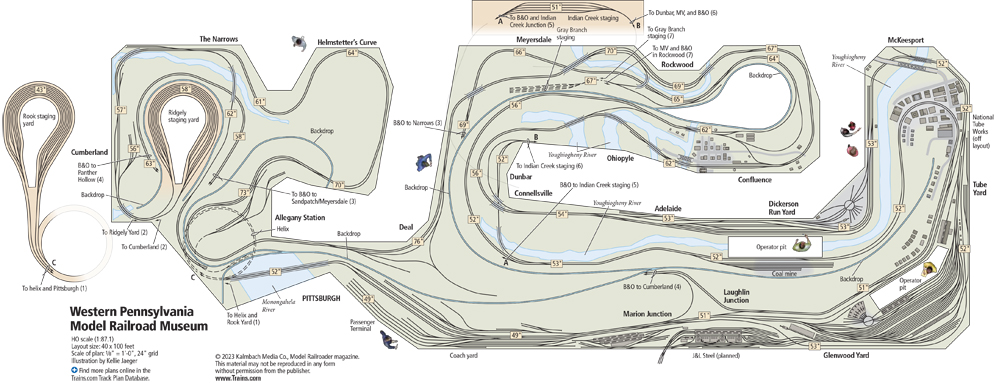
Facts & features Name: Western Pennsylvania Model Railroad MuseumScale: HO (1:87.1)Size: 40 x 100 feetPrototype: Baltimore & Ohio and freelancedLocale: Pittsburgh, Pa., to Cumberland, Md.Era: 1953Style: walkaroundMainline run: Mon Valley, 443 feet; B&O, 357 feetMinimum radius: 36″ (main)Minimum turnout: No. 8 (main), No. 6 (branch lines and yards), No. 4 (industrial)Maximum grade: 2%Benchwork: L-girderHeight: Mon […]
Read More…
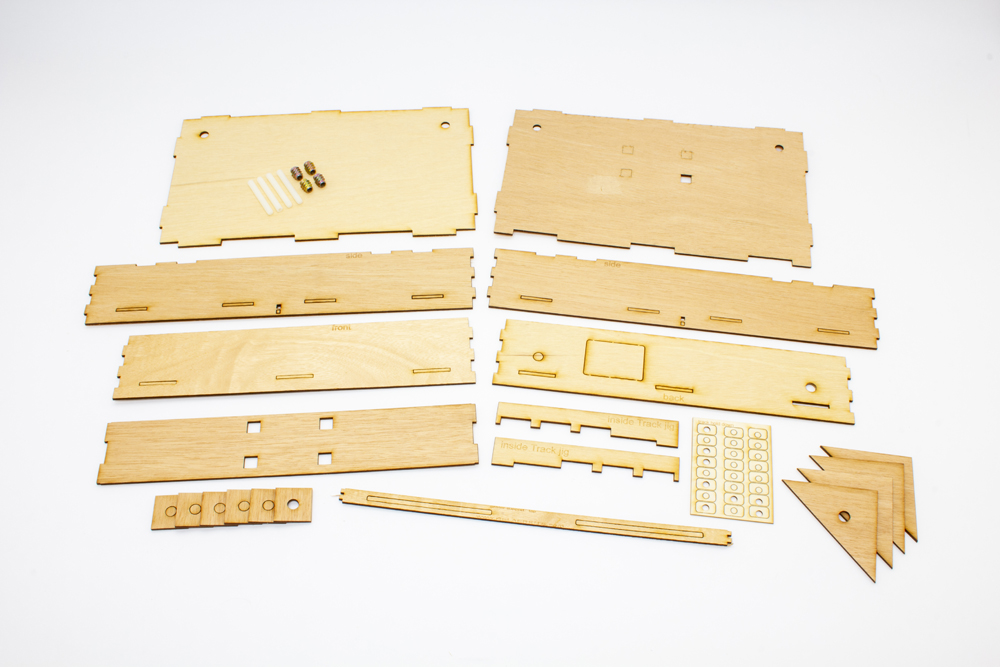
T-TRAK Project part 1: Back in the game again: Modelers David Popp, Brian Schmidt, and Bryson Sleppy begin a series of projects build a small modular T-TRAK N scale layout. T-TRAK is a modular N scale railroading system that uses small foot-wide boxes to build tabletop layouts. They are designed to click together using Kato […]
Read More…
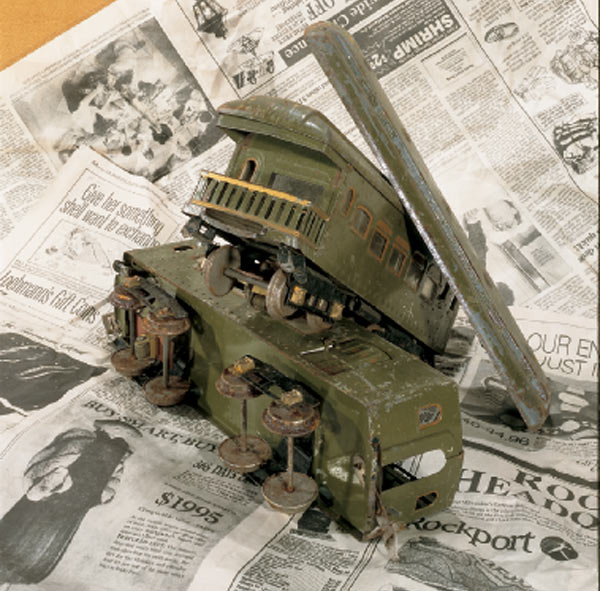
Do it yourself locomotive restoration Yes, you can do it yourself! Restoring old tin trains is not as difficult as the popular folklore would have you believe. It doesn’t require any special skill or knowledge that you can’t master. Nor does it entail exotic or expensive equipment. Anyone can do it with simple household tools […]
Read More…












